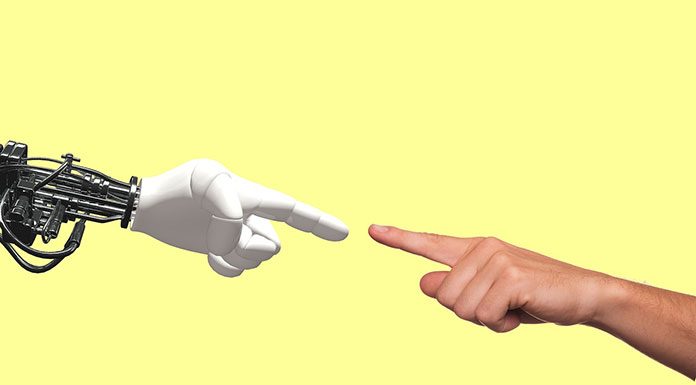In the contemporary workplaces, the term “AI” often stirs a blend of excitement and apprehension. It's no secret that artificial intelligence (AI) is reshaping the professional landscape, altering job dynamics, and redefining productivity paradigms.
The narrative often oscillates between dire warnings of impending job obsolescence and optimistic visions of a technologically enhanced workforce. Amidst this dichotomy, one thing remains certain: AI is here to stay, and leveraging its potential can significantly enhance work efficiency and effectiveness.
The McKinsey report's forecast of AI replacing 2.4 million jobs in the US alone may sound daunting, but it also illuminates a fundamental truth: AI augments rather than replaces human labor. This shift manifests as an “occupational transition,” wherein redundant tasks are automated, liberating human capital to engage in higher-value endeavors. The question then arises: What AI trends can individuals harness to navigate this evolving landscape and empower their professional journey in 2024?
Enter ChatGPT, the quintessential AI companion revolutionizing diverse facets of workplace operations. Developed by OpenAI, ChatGPT transcends conventional chatbots, serving as a multifaceted tool for programmers, marketers, accountants, and beyond.
Its versatility renders it indispensable for tasks ranging from coding and troubleshooting to content generation and organisational management. Regardless of one's professional domain, ChatGPT democratizes AI accessibility, empowering users to streamline workflows and unlock creative potentials, all at zero cost.
But AI's influence extends beyond textual realms into the visual domain, epitomised by DALL-E. OpenAI's brainchild, DALL-E, heralds a new era of visual creativity, enabling businesses and individuals to generate bespoke images effortlessly.
From crafting compelling graphics to designing brand logos and conceptualising architectural blueprints, DALL-E empowers users to materialise their imaginative visions with unprecedented ease. Embracing this technology not only enhances visual content creation but also catalyses innovation across diverse industries, propelling businesses into the vanguard of visual storytelling.
However, the true frontier of AI lies in wearable technology, merging AI prowess with tangible hardware to augment workplace capabilities. Innovations like GPS, RFID, and haptic sensing bands empower industries like logistics and manufacturing to optimise operations, enhance safety, and maximise productivity.
Similarly, wearable devices like Microsoft's HoloLens and Apple Vision Pro revolutionise task execution, seamlessly integrating digital overlays into physical workflows. These wearable “glasses” not only facilitate multitasking but also facilitate real-time training, ensuring continuous skill development amidst evolving work environments.
Yet, amidst the palpable optimism surrounding AI's transformative potential, it's imperative to acknowledge the evolving nature of technological innovation. “Today's AI is the worst you'll ever use” encapsulates this ethos, reminding us that AI's trajectory is one of perpetual refinement and advancement.
As AI capabilities evolve exponentially, so too must our adaptability and preparedness. Staying abreast of emerging trends, honing digital literacy, and cultivating a proactive mindset are essential for navigating the dynamic landscape of AI-driven workplaces.
In essence, AI isn't merely a disruptive force; it's a catalyst for progress, enabling individuals and organisations to transcend traditional boundaries and unlock new realms of possibility.
By embracing AI technologies like ChatGPT, DALL-E, and wearable devices, professionals can transcend conventional limitations, augment their capabilities, and embark on a journey of continuous innovation and growth. As we stand on the precipice of a technologically augmented future, let us seize the transformative power of AI to shape a brighter, more empowered tomorrow.











